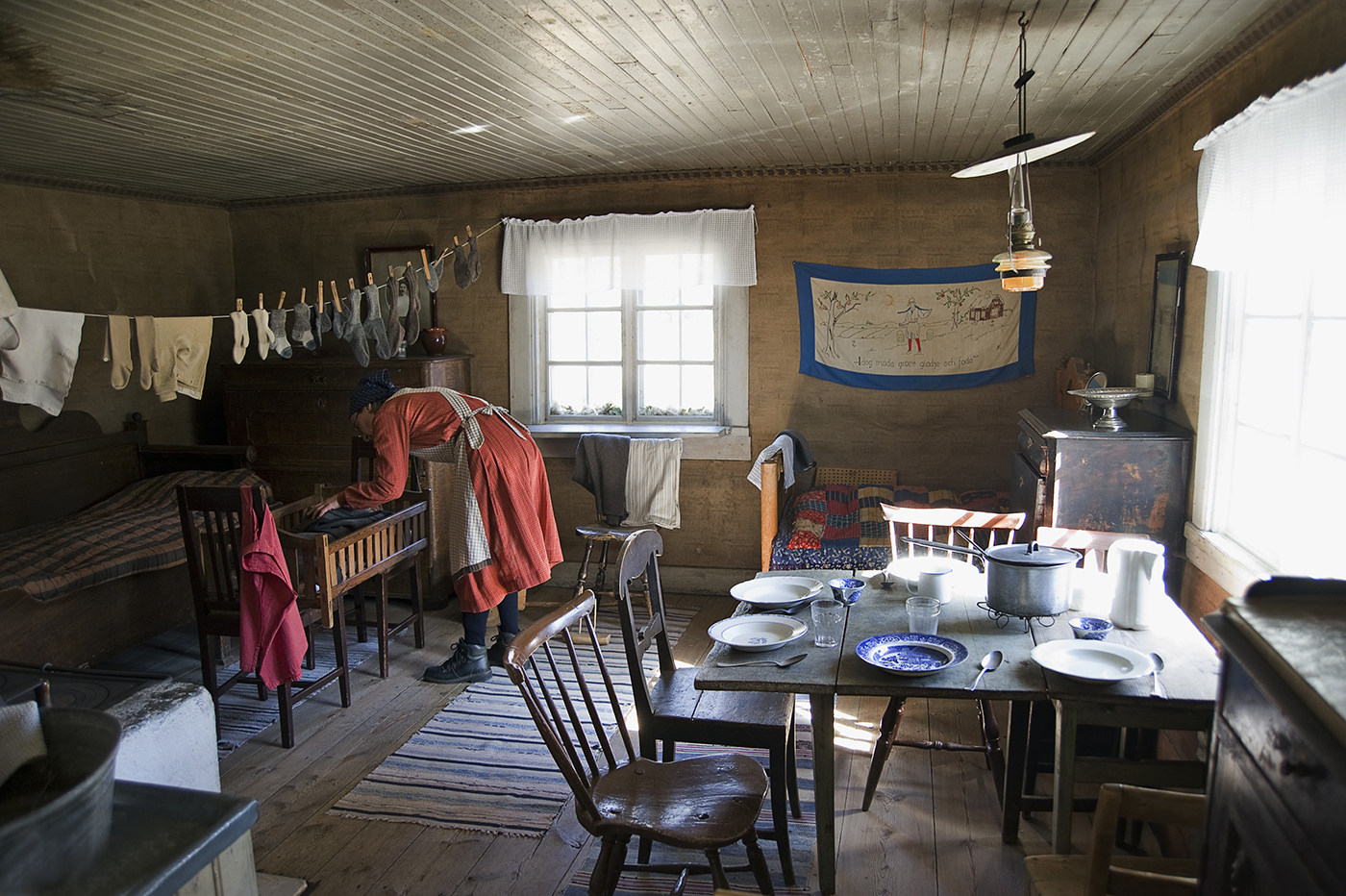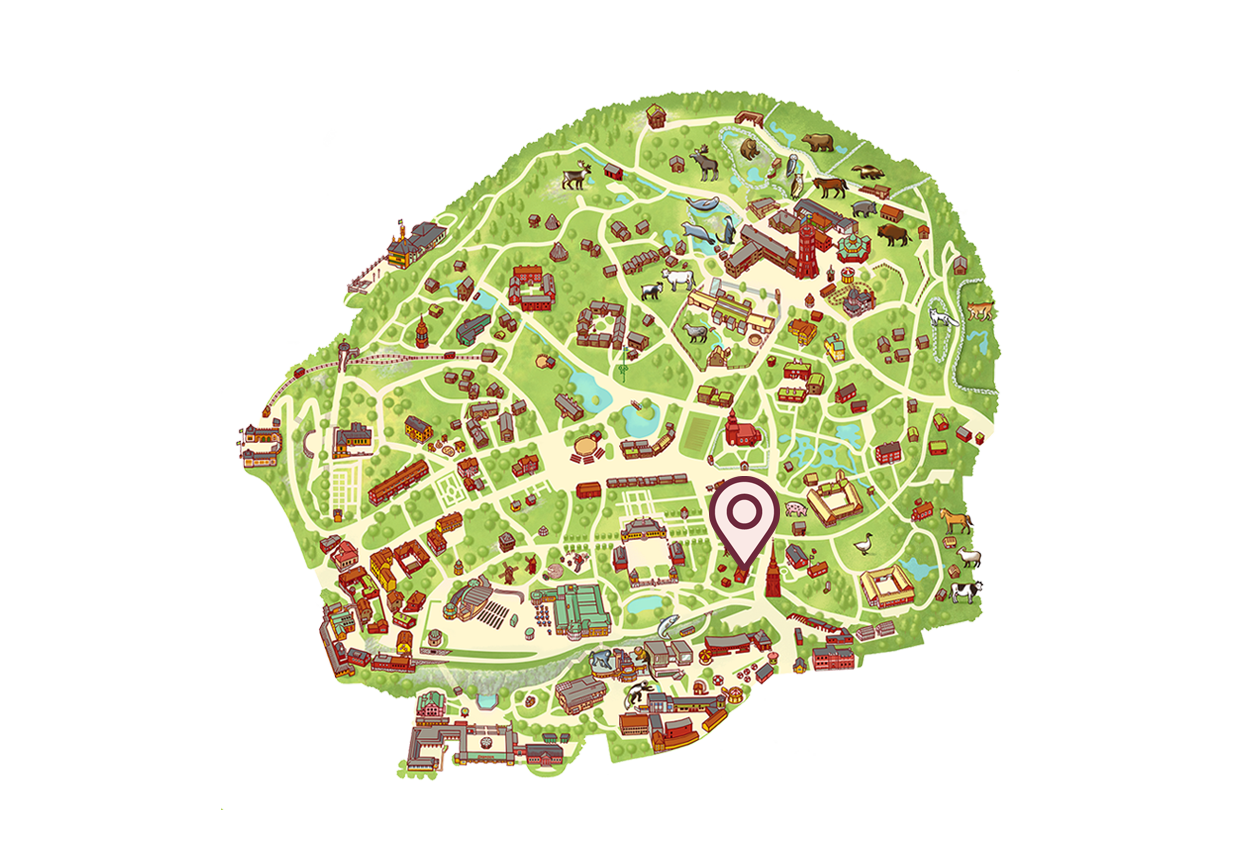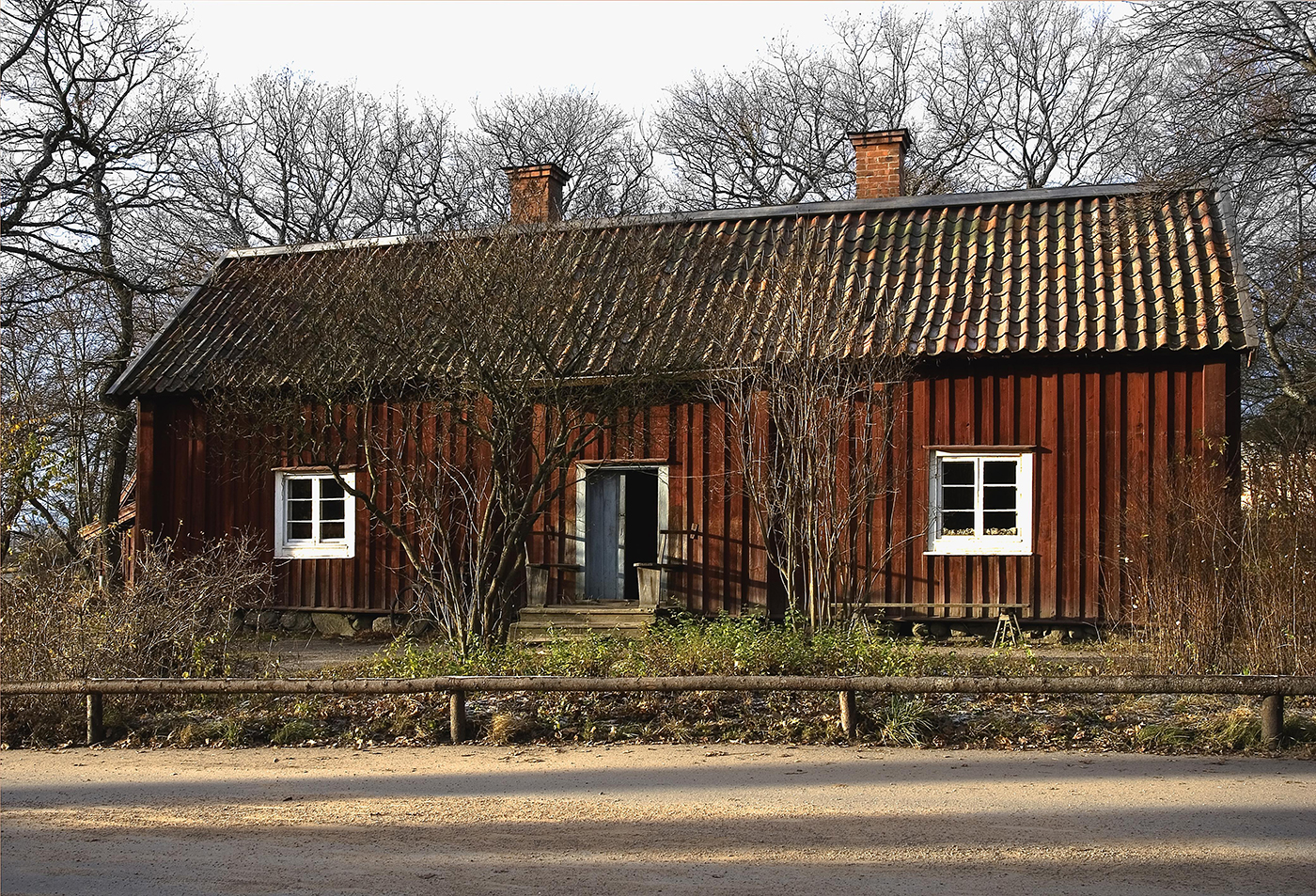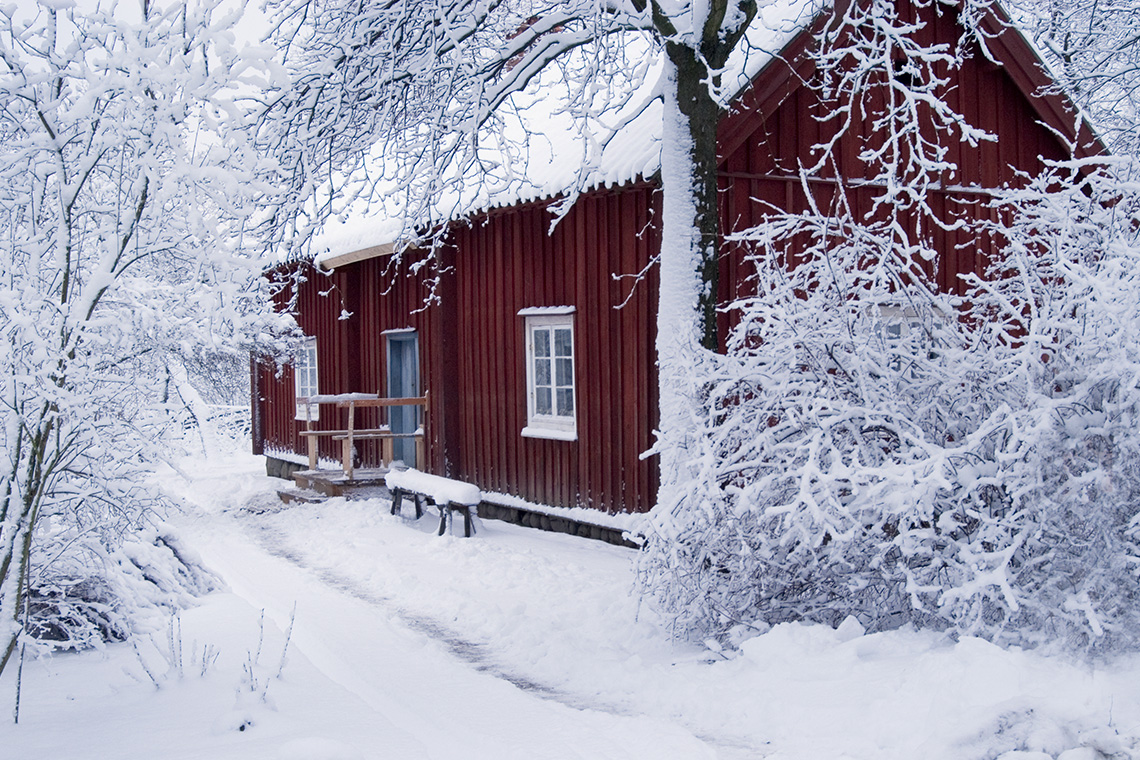
Farm Labourer’s Lodgnings
Step into the Farm Labourer’s Lodgnings, which was home to two families in the 1920s. The labourer’s life was a tough one, with long working days and harsh living conditions.
| Day | Time |
|---|---|
| Today, 15 December 2025 | 10.00-15.00 |
| 16 December 2025 | 10.00-15.00 |
| 17 December 2025 | 10.00-15.00 |
| 18 December 2025 | 10.00-15.00 |
| 19 December 2025 | 10.00-16.00 |
| 20 December 2025 | 10.00-16.00 |
| 21 December 2025 | 10.00-16.00 |
| 22 December 2025 | 10.00-16.00 |
| 23 December 2025 | 10.00-16.00 |
| 25 December 2025 | 10.00-16.00 |
| 26 December 2025 | 10.00-16.00 |
| 27 December 2025 | 10.00-16.00 |
| 28 December 2025 | 10.00-16.00 |
| 29 December 2025 | 10.00-16.00 |
| 30 December 2025 | 10.00-16.00 |
| 31 December 2025 | 10.00-16.00 |
| 1 January 2026 | 10.00-16.00 |
| 2 January 2026 | 10.00-16.00 |
| 3 January 2026 | 10.00-16.00 |
| 4 January 2026 | 10.00-16.00 |
| 5 January 2026 | 10.00-16.00 |
| 6 January 2026 | 10.00-16.00 |
| 10 January 2026 | 10.00-16.00 |
| 11 January 2026 | 10.00-16.00 |
| 12 January 2026 | 10.00-15.00 |
| 13 January 2026 | 10.00-15.00 |
| 14 January 2026 | 10.00-15.00 |
| 15 January 2026 | 10.00-15.00 |
| 16 January 2026 | 10.00-15.00 |
| 17 January 2026 | 10.00-16.00 |
| 18 January 2026 | 10.00-16.00 |
| 19 January 2026 | 10.00-15.00 |
| 20 January 2026 | 10.00-15.00 |
| 21 January 2026 | 10.00-15.00 |
| 22 January 2026 | 10.00-15.00 |
| 23 January 2026 | 10.00-15.00 |
| 24 January 2026 | 10.00-16.00 |
| 25 January 2026 | 10.00-16.00 |
| 26 January 2026 | 10.00-15.00 |
| 27 January 2026 | 10.00-15.00 |
| 28 January 2026 | 10.00-15.00 |
| 29 January 2026 | 10.00-15.00 |
| 30 January 2026 | 10.00-15.00 |
| 31 January 2026 | 10.00-16.00 |
Here you will find the Farm Labourer’s Lodgings




